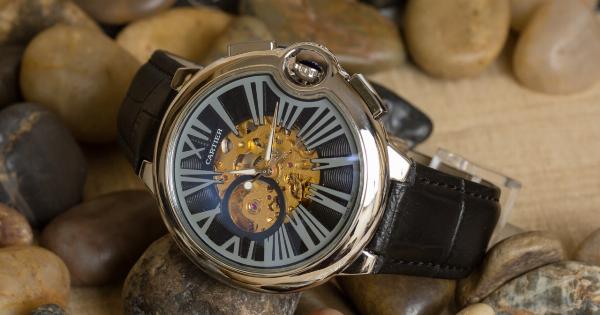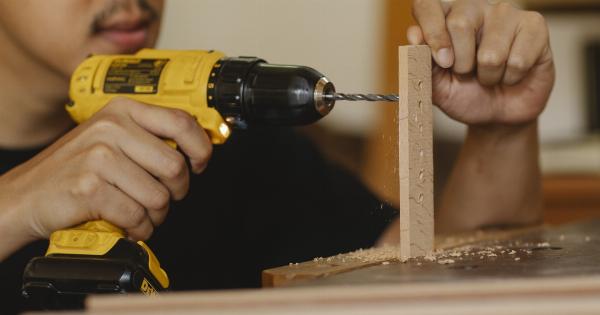Scoliosis is a medical condition characterized by an abnormal sideways curvature of the spine, often resulting in an “S” or “C” shape.
This condition affects millions of people worldwide, and for many, the traditional treatment options such as braces or surgeries can be invasive and uncomfortable. However, a breakthrough in the field of orthopedics has emerged, offering new hope for patients with scoliosis – magnetic implants.
Understanding Scoliosis
Before delving into the details of magnetic implants, it’s crucial to understand scoliosis itself.
This condition can develop during childhood or adolescence and can be caused by various factors, including congenital disabilities, neuromuscular conditions, or even unknown causes (idiopathic scoliosis). The curvature of the spine can worsen over time, causing significant discomfort, limited mobility, and even breathing difficulties in severe cases.
Current Treatment Options for Scoliosis
Until recently, the primary treatment options for scoliosis involved conservative measures such as braces or surgical interventions. Bracing is most effective during the growth years and aims to prevent further curvature progression.
However, the downside is that braces can be uncomfortable, restrict certain activities, and require significant commitment from the patient. Surgical intervention may be recommended in severe cases or when bracing fails to halt the progression of scoliosis. Spinal fusion surgery, one of the most common procedures, involves fusing the affected vertebrae together to stabilize the spine.
While surgery can be successful, it is also accompanied by risks and a long recovery period.
The Revolutionary Idea of Magnetic Implants
Orthopedic specialists have been exploring alternative treatment options for scoliosis, and the concept of magnetic implants has emerged as a revolutionary solution.
These implants, also known as magnetically controlled growing rods (MCGR), aim to address the curvature of the spine by gradually correcting it over time. This innovative treatment strategy offers a less invasive option for children and adolescents with scoliosis and has shown promising results in early trials.
How Do Magnetic Implants Work?
Magnetic implants consist of two rods that are surgically implanted alongside the spine and fixed to the vertebrae using screws. The rods contain magnets that can be adjusted externally using a remote control.
By applying external magnetic forces, the rods can be extended or retracted, gradually guiding the spine into a more desired alignment.
The Advantages of Magnetic Implants
Magnetic implants hold several advantages over traditional treatment options:.
1. Minimally Invasive Procedure
The implantation of magnetic rods is a minimally invasive procedure compared to spinal fusion surgery. It requires smaller incisions and reduces the risk of complications associated with extensive surgical interventions.
2. Adjustable Treatment
One of the key advantages of magnetic implants is the ability to control the correction process externally.
As the patients grow, the magnetic rods can be adjusted to accommodate their changing spinal structure and ensure proper alignment, reducing the need for repeated surgeries.
3. Improved Quality of Life
Magnetic implants allow patients with scoliosis to have more flexibility and mobility compared to traditional treatment options. They can engage in physical activities with fewer limitations, leading to an improved overall quality of life.
4. Reduced Pain and Discomfort
Unlike braces, magnetic implants do not involve external devices that need to be worn constantly. This means less discomfort and improved aesthetics for patients.
Early Successes and Ongoing Research
Early studies on magnetic implants have shown promising results. Patients who underwent magnetic implantation experienced a reduction in spinal curvature, leading to improved cosmetic appearance and functional outcomes.
However, it is important to note that magnetic implants are not suitable for every patient, particularly those with certain spinal deformities or metal allergies.
Further research and clinical trials are underway to refine the technology, expand its application, and gather more evidence regarding its long-term effectiveness and safety.
As technology continues to advance, magnetic implants may become an even more viable and widely adopted treatment option for scoliosis.
The Future of Scoliosis Treatment
Magnetic implants represent a significant breakthrough in the treatment of scoliosis. They offer a less invasive and highly adaptable solution compared to traditional treatments, potentially bringing relief to countless patients worldwide.
As research progresses and the technology improves, magnetic implants may become the new standard of care for scoliosis, transforming the lives of those affected by this condition.




























